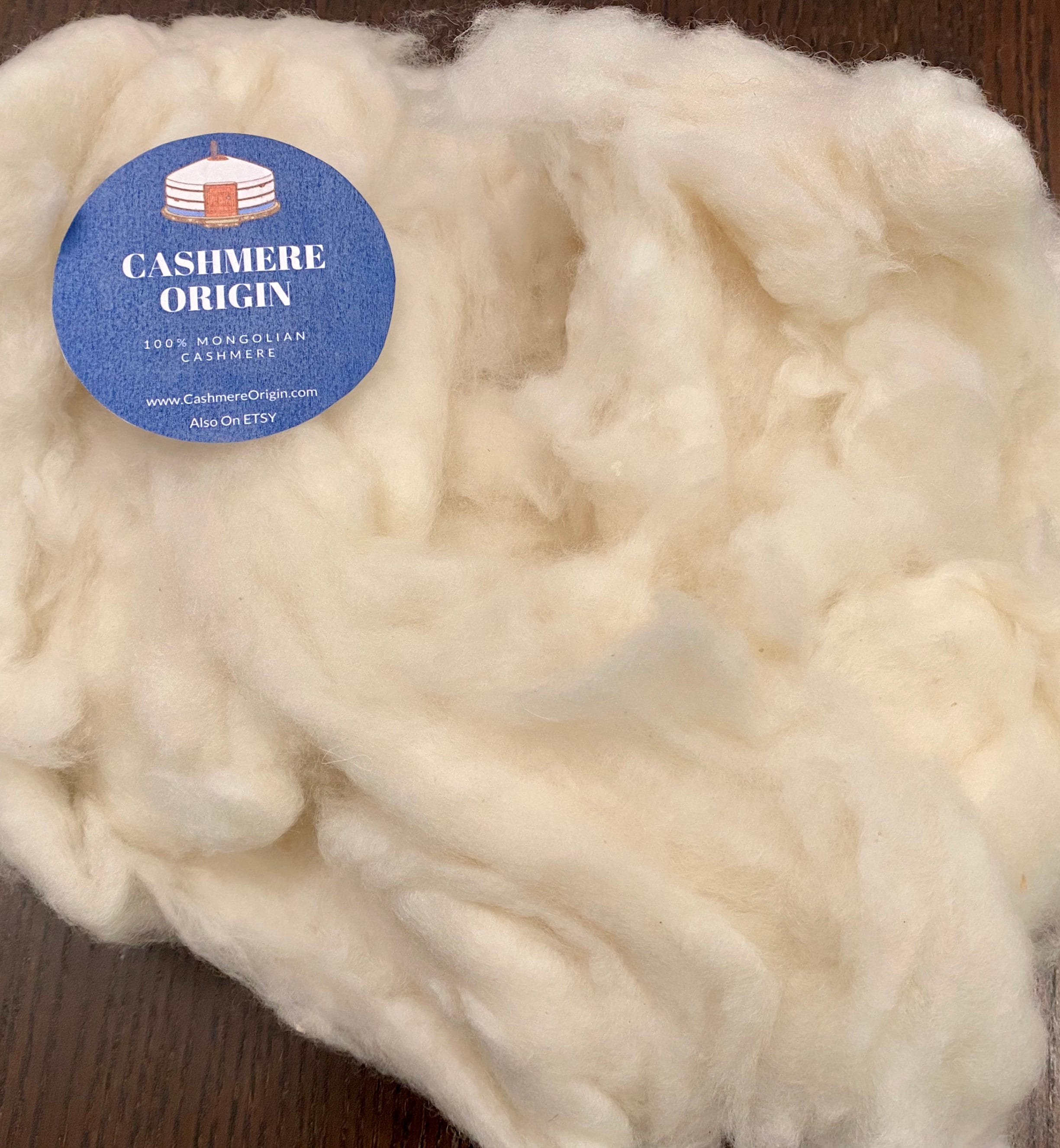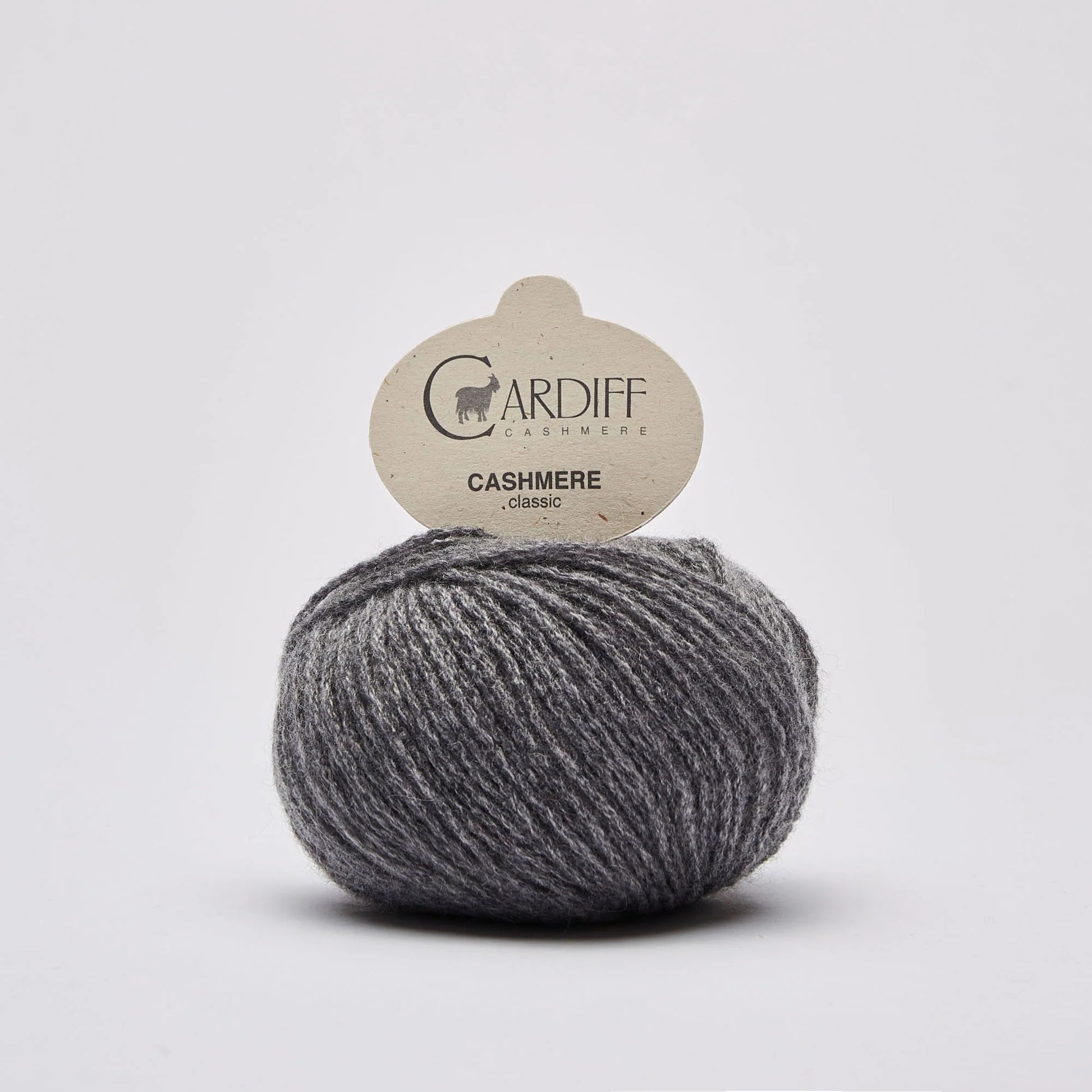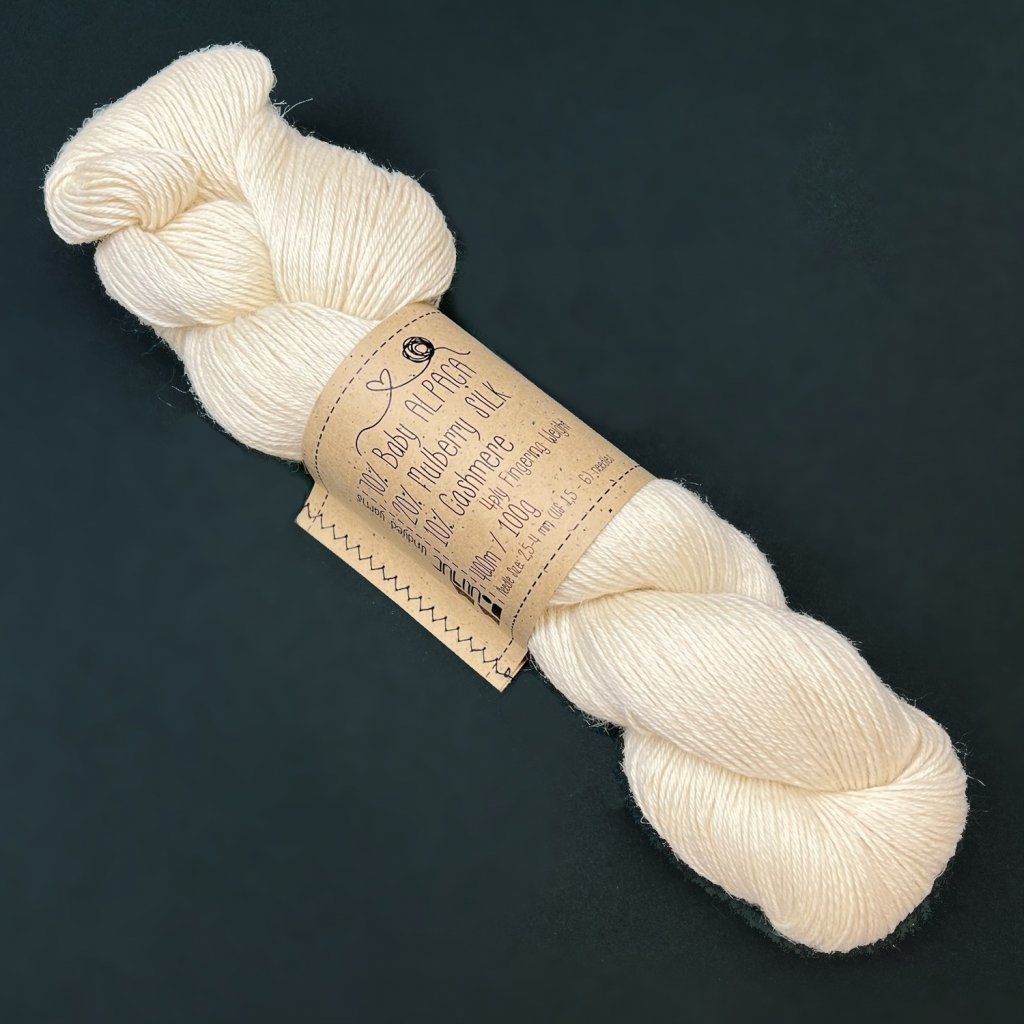How is cashmere Fibre Created and Why Is It So Sought After?
How is cashmere Fibre Created and Why Is It So Sought After?
Blog Article
Factors You Have To Need Cashmere an All-natural Fiber for Comfort and Elegance in Everyday Put On
In the world of textiles, few fibers measure up to the luxury and comfort of cashmere. This unique material, understood for its premium soft qualities and insulation, gives unrivaled convenience and style for everyday wear. However what establishes it apart from various other fibers? Exactly how does it impact the atmosphere and just how does it compare to synthetic options? In addition, just how can one best utilize cashmere to boost their design? These fascinating concerns lay the foundation for an informing expedition into the globe of cashmere.
Understanding the Lavish Nature of Cashmere

Reviewing the Comfort Variable of Cashmere Attire
Cashmere's special fiber structure enables for breathability, regulating temperature and protecting against overheating. Cashmere's hypoallergenic residential or commercial properties additionally contribute to its comfort, making it an excellent option for delicate skin. In essence, the convenience of cashmere is obtained from its softness, breathability, durability, hypoallergenic nature, and versatility.

The Environmental Influence and Sustainability of Cashmere
While the convenience and style of cashmere are unquestionably enticing, it's equally important to consider its connection with the atmosphere. Cashmere production, mostly in Mongolia and China, involves raising cashmere goats, which can significantly strain fragile meadow environments due to overgrazing. This can bring about desertification, a pressing environmental issue. Additionally, the processing of cashmere, including washing and dyeing, can additionally add to water contamination otherwise appropriately handled. However, efforts are being made to develop lasting cashmere manufacturing approaches, such as rotational grazing and cleaner handling strategies. Thus, while cashmere has environmental influences, its sustainability mainly depends on manufacturing methods.
Contrasting Cashmere to Synthetic Fibers: A Cost-Benefit Analysis
Regardless of its environmental obstacles, cashmere presents an one-of-a-kind set of benefits over artificial fibers. On the cost side, cashmere is unquestionably extra expensive because of its labor-intensive manufacturing process. Yet, the advantages make it worth the financial investment. great site Cashmere's all-natural fibers provide unparalleled gentleness and heat, translating into convenience that artificial fibers have a hard time to match. Cashmere pieces are highly resilient, encouraging long life that offsets initial costs over time. Unlike synthetic fibers, cashmere doesn't contribute to microplastic pollution, making it an extra sustainable option. On the other hand, artificial fibers, while cheaper upfront, use much less comfort, have much shorter lifespans and posture ecological problems. Therefore, when assessing cost-benefit, cashmere's exceptional high qualities make it a beneficial financial investment for day-to-day wear.
Styling Tips With Cashmere for Everyday Beauty
Having actually taken into consideration the cost-benefit analysis of cashmere contrasted to artificial fibers, it comes to be clear why this extravagant product is a preferred choice for several. When styling cashmere for day-to-day sophistication, simplicity is key. A cashmere coat, for example, can be matched with Our site customized trousers or a sleek skirt for a stylish, put-together appearance - cashmere fibre. For a much more laid-back set, a cashmere cardigan put on over a basic tee shirt and jeans shows uncomplicated style. Accessories can further elevate the look: a statement necklace or scarf can add a pop of shade to a neutral cashmere piece. Ultimately, the integral style of cashmere makes it a functional enhancement to any type of wardrobe, effortlessly improving day-to-day outfits with a touch of deluxe.

Conclusion
In summary, the remarkable properties of go to my blog cashmere make it an important enhancement to any kind of wardrobe. Its luxurious feel, comfort, adaptability, and breathability to varying temperature levels are unmatched. Furthermore, cashmere's sustainability and lower ecological effect contrasted to synthetic fibers additionally enhance its allure. The ageless sophistication of cashmere, integrated with its versatility, adds refinement to everyday wear. Spending in cashmere garments is a worthwhile choice for convenience, sustainability, and style.

Report this page